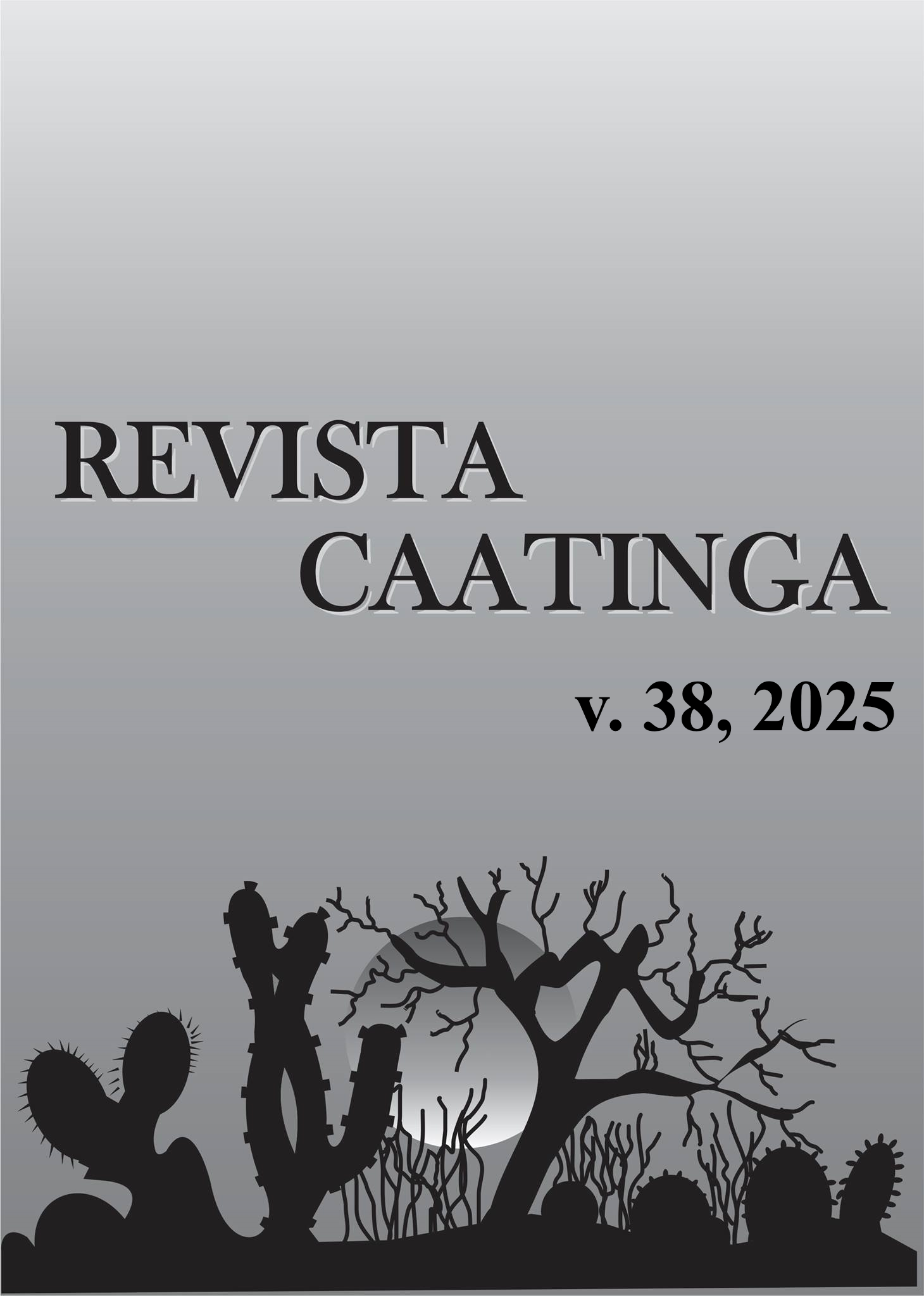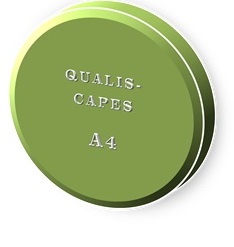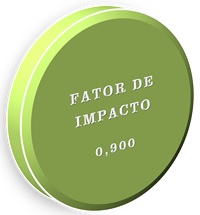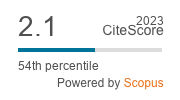Tolerance of grain sorghum hybrids to tembotrione herbicide
DOI:
https://doi.org/10.1590/1983-21252025v3812591rcKeywords:
Crop succession. Weeds. Yield. Selectivity. Sorghum bicolor.Abstract
The scarcity of registered herbicides that are effective in controlling monocotyledonous weeds is a risk for sorghum growing in Brazil. Therefore, this study aims to evaluate the tolerance of sorghum grain hybrids to the post-emergence application of tembotrione. Two experiments were carried out in the field in the Southwest of Goiás (Santa Helena de Goiás and Montividiu). Eleven grain sorghum hybrids were evaluated in Santa Helena de Goiás and three hybrids were evaluated in Montividiu, in association with five doses of tembotrione, always with the addition of atrazine to the application mixture. Herbicide treatments were applied in post-emergence when sorghum plants had six to seven leaves developed (V6/V7). Sorghum hybrids showed variations in tolerance to the herbicide tembotrione, demonstrating different responses in terms of phytotoxicity, plant height, stem diameter, shoot dry biomass and yield. Tembotrione causes reductions in the yield of grain sorghum, in average percentages ranging from 25.9 to 61.9%, depending on the dose used, demonstrating that it is not selective for the crop. The results obtained indicate low potential use of tembotrione for grain sorghum at the doses evaluated, in association with atrazine, in areas of soils with both more clayey texture and sandier texture.
Downloads
References
ABIT, M. J. M. et al. Differential response of grain sorghum hybrids to foliar-applied mesotrione. Weed Technology, 23: 28-33, 2009.
BARARPOUR, T. et al. Weed management programs in grain sorghum (Sorghum bicolor). Agriculture, 9: 182, 2019.
CABRAL, P. H. R. et al. Interferência de plantas daninhas na cultura do sorgo cultivado em safrinha. Pesquisa Agropecuária Tropical, 43: 308-314, 2013.
CARDOSO, M. R. D.; MARCUZZO, F. F. N.; BARROS, J. R. Classificação climática de Köppen-Geiger para o Estado de Goiás e o Distrito Federal. Acta Geográfica, 8: 40-55, 2015.
CLIMATE-DATA. Dados climáticos para cidades mundiais. Available at: <https://pt.climate-data.org/>. Access on: Mar. 15, 2024.
CONAB - Companhia Nacional de Abastecimento. Acompanhamento da safra brasileira – grãos (Safra 2023/2024 6º Levantamento). Brasília, DF: CONAB, 2024. 124 p.
CROZIER, D. et al. Applying unoccupied aerial systems to assess genetic gain from mass selection for tembotrione tolerance in sorghum (Sorghum bicolor). Plant Breeding, 143: 320-333, 2024.
CUNHA, F. N. et al. Seletividade do herbicida tembotrione à cultura do sorgo. Revista Brasileira de Milho e Sorgo, 15: 281-293, 2016.
DAMALAS, C. A. et al. Weed control and selectivity in maize (Zea mays L.) with tembotrione mixtures. International Journal of Pest Management, 64: 11-18, 2017.
DAN, H. A. et al. Seletividade do herbicida tembotrione à cultura do milheto. Planta Daninha, 28: 793-799, 2010a.
DAN, H. A. et al. Tolerância do sorgo granífero ao herbicida tembotrione. Planta Daninha, 28: 615-620, 2010b.
DILLE, J. A. et al. Potential yield loss in grain sorghum (Sorghum bicolor) with weed interference in the United States. Weed Technology, 34: 624-629, 2020.
DJANAGUIRAMAN, M. et al. Physiological differences among sorghum (Sorghum bicolor L., Moench) genotypes under high temperature stress. Environmental and Experimental Botany, 100: 43-54, 2014.
EL-SAEID, M. H.; ALGHAMDI, A. G. Identification of pesticide residues and prediction of their fate in agricultural soil. Water, Air, & Soil Pollution, 284: 1-10, 2020.
FERREIRA, D. F. SISVAR: a computer analysis system to fixed effects split plot type designs. Revista Brasileira de Biometria, 37: 529-535, 2019.
GAZZIERO, D. L. P. Procedimentos para instalação, avaliação e análise de experimentos com herbicidas. Londrina, PR: Sociedade Brasileira da Ciência de Plantas Daninhas, 1995. 42 p.
HAMID, A. A.; AIYELAAGBE, O. O.; BALOGUN, G. A. Herbicides and its applications. Advances in Natural and Applied Sciences, 5: 201-213, 2011.
HEAP, I. The international herbicide-resistant weed database. 2024. Available at: . Access on: 10/09/2024.
JHALA, A. J. et al. 4-Hydroxyphenylpyruvate dioxygenase (HPPD)-inhibiting herbicides: past, present, and future. Weed Technology, 37: 1-14, 2023.
LIU, M.; LU, S. Plastoquinone and ubiquinone in plants: Biosynthesis, physiological function, and metabolic engineering. Frontiers in Plant Science, 7: 1898, 2016.
MALLORY-SMITH, C.; RETZINGER, E. J. Revised classification of herbicides by site of action for weed resistance management strategies. Weed Technology, 17: 605-619, 2017.
MATEUS, G. P. et al. Adubação nitrogenada de sorgo granífero consorciado com capim em sistema de plantio direto. Pesquisa Agropecuária Brasileira, 46: 1161-1169, 2011.
PANDIAN, B. A. et al. Characterization, genetic analyses, and identification of QTLs conferring metabolic resistance to a 4-hydroxyphenylpyruvate dioxygenase inhibitor in sorghum (Sorghum bicolor). Frontiers in Plant Science, 11: 596581, 2020.
RANI, N.; DUHAN, A.; TOMAR, D. Ultimate fate of herbicide tembotrione and its metabolite TCMBA in soil. Ecotoxicology and Environmental Safety, 203: 111023, 2020.
SANTOS, H. G. et al. Sistema brasileiro de classificação de solos. 5. ed. Brasília, DF: Embrapa, 2018. 356 p.
SUNOJ, V. S. J. et al. Narrowing diurnal temperature amplitude alters carbon tradeoff and reduces growth in C4 crop sorghum. Frontiers in Plant Science, 11: 1262, 2020.
STEPHENSON, D. O. et al. Weed management in corn with postemergence applications of tembotrione or thiencarbazone: tembotrione. Weed Technology, 29: 350-358, 2015.
TEIXEIRA, M. F. F. et al. Seletividade de herbicidas aplicados em pósemergência na cultura do sorgo sacarino. Revista Espacios, 38: 18, 2017.
VAN ALMSICK, A. New HPPD-inhibitors - A proven mode of action as a new hope to solve current weed problems. Outlooks on Pest Management, 20: 27-30, 2009.
WILLIAMS, M. M. et al. Significance of atrazine as a tank-mix partner with tembotrione. Weed Technology, 25: 299-302, 2011.
Downloads
Published
Issue
Section
License
Os Autores que publicam na Revista Caatinga concordam com os seguintes termos:
a) Os Autores mantêm os direitos autorais e concedem à revista o direito de primeira publicação, com o trabalho simultaneamente licenciado sob a Licença Creative Commons do tipo atribuição CC-BY, para todo o conteúdo do periódico, exceto onde estiver identificado, que permite o compartilhamento do trabalho com reconhecimento da autoria e publicação inicial nesta revista, sem fins comerciais.
b) Os Autores têm autorização para distribuição não-exclusiva da versão do trabalho publicada nesta revista (ex.: publicar em repositório institucional ou como capítulo de livro), com reconhecimento de autoria e publicação inicial nesta revista.
c) Os Autores têm permissão e são estimulados a publicar e distribuir seu trabalho online (ex.: em repositórios institucionais ou na sua página pessoal) a qualquer ponto antes ou durante o processo editorial, já que isso pode gerar alterações produtivas, bem como aumentar o impacto e a citação do trabalho publicado (Veja O Efeito do Acesso Livre).







